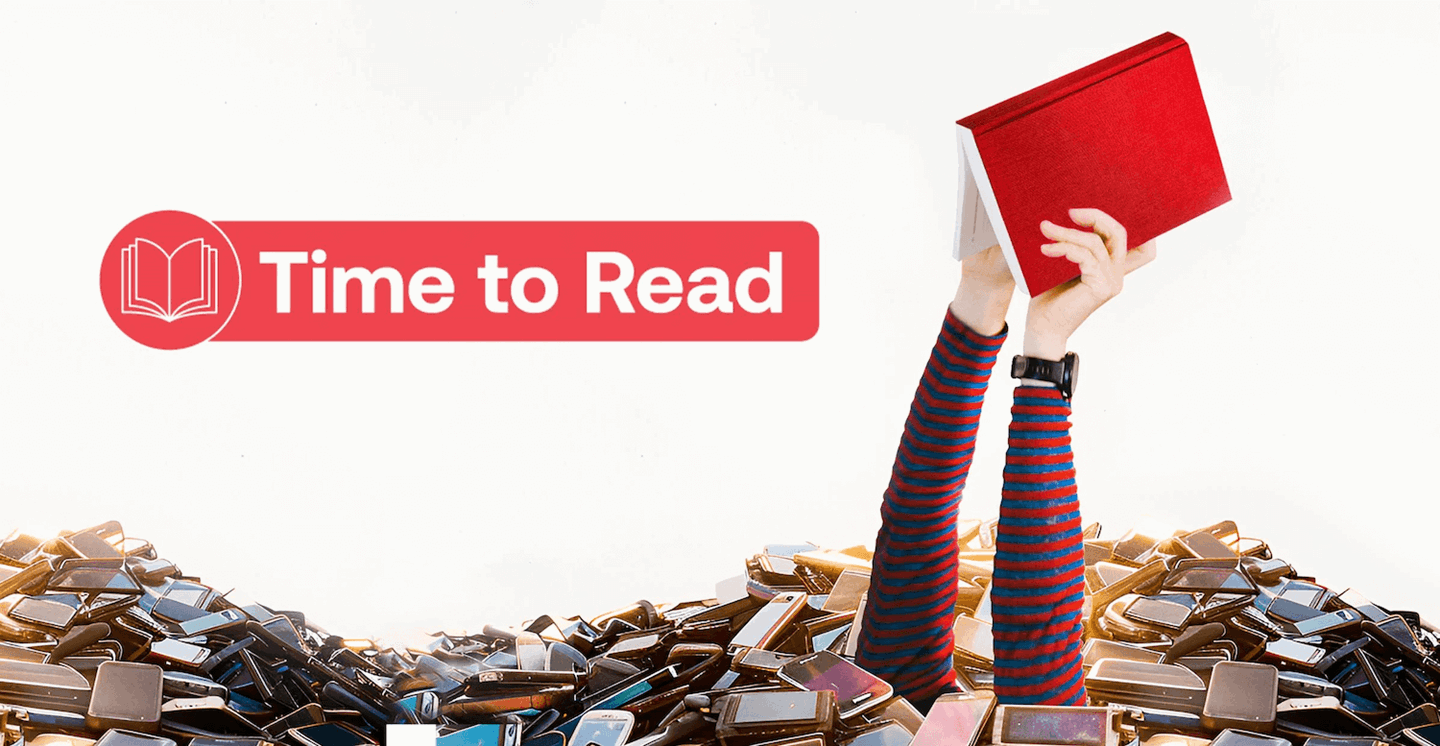This initiative, alongside insights from research company Kantar and Frank Hakemulder, sheds light on the cognitive and emotional benefits of print reading. Frank Hakemulder, a leading researcher in reading psychology, has explored the detrimental effects of excessive phone use on attention span and cognitive function. His findings indicate that as individuals become more accustomed to the rapid consumption of information typical of digital media, their ability to focus and concentrate diminishes. This fragmentation of attention makes it increasingly difficult to engage with longer texts, which are essential for deep reading sessions that foster comprehension and empathy.
Hakemulder warns that if this trend continues, we risk losing not only our capacity for empathetic feeling but also our need for cognitive closure—the psychological drive to seek clear and powerful answers. Literature often presents multiple layers within a story, challenging readers to navigate complexity rather than providing straightforward resolutions.
Roularta's Initiative: Time to Read
Roularta Media Group has launched the “Time to Read” campaign through its flagship publications, Knack/Le Vif (a Flemish and French language news magazine with circulations of 87,000 and 53,000 respectively) and Libelle/Femme d’Aujourd’hui (a Flemish and French language women's magazine with circulations of 186,000 and 77,000 respectively). This campaign aims to inspire Belgians to reclaim their reading time. A recent study conducted by Knack and Le Vif in collaboration with Kantar revealed that over 62% of Belgians wish they could read more but feel hindered by time constraints and digital distractions.
Ann Claeys, Brand Manager of Knack/Le Vif, stated: “It was originally an idea from the editorial team. Speaking with people of various ages, they picked up that people actually like to read more but don't have enough time for that. Time is a very broad concept because we spend an average of three hours a day on our mobile phones. If such large dossiers are published, we want to substantiate that with a study and a three-months follow-up of articles.”






